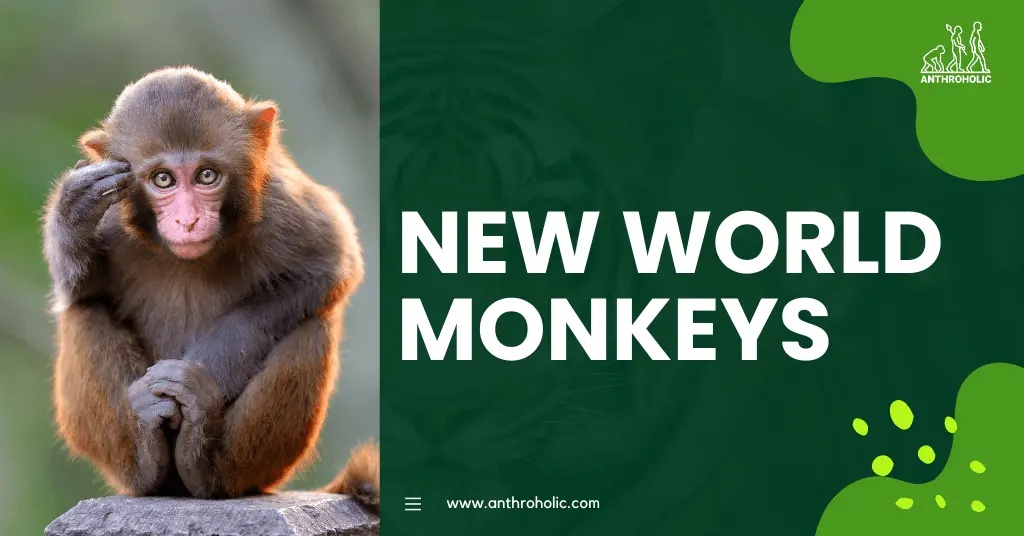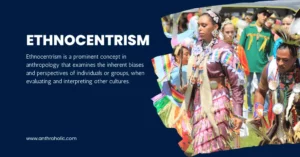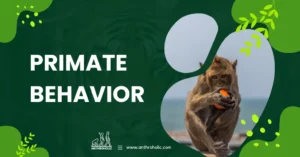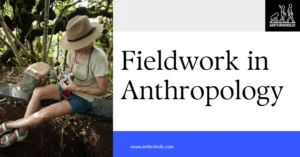AI Answer Evaluation Platform Live Now. Try Free Answer Evaluation Now
New World Monkeys
New World Monkeys, also known as Platyrrhines, encompass a broad array of monkey species found predominantly in Central and South America. They make up an integral part of our understanding of primatology.

Introduction
New World Monkeys are characterized by flat, wide noses, in contrast to their Old World counterparts who have narrower, downward-pointing noses. Their intriguing differences don’t end there – these creatures also exhibit exceptional diversity in terms of size, behavior, diet, and adaptability.
Taxonomy of New World Monkeys
Below is a table that outlines the four primary families of New World Monkeys, with examples of species from each:
| Family | Example Species |
|---|---|
| Cebidae | Capuchin Monkeys, Squirrel Monkeys |
| Atelidae | Spider Monkeys, Howler Monkeys |
| Pitheciidae | Tamarins, Uakaris |
| Aotidae | Night or Owl Monkeys |
Physical Characteristics
New World Monkeys are known for a variety of physical characteristics that make them distinct:
- Prehensile tails: Most species within the Atelidae family have a strong, flexible tail that can be used almost like a fifth limb for grasping and hanging.
- Body size: These monkeys vary widely in size, ranging from the Pygmy Marmoset at 12 cm to the Muriqui that can reach up to 1.5 meters in length.
- Dentition: New World Monkeys have 36 teeth, unlike Old World Monkeys, which have 32.
Behavioral Patterns
In their tropical habitats, New World Monkeys exhibit a variety of behaviors:
- Diet: Their diet varies widely from omnivorous to herbivorous, consisting of fruits, leaves, insects, and sometimes small vertebrates.
- Social Behavior: Many species live in large social groups, displaying intricate hierarchies and fascinating social dynamics.
- Reproduction: Most New World Monkeys give birth to single offspring, with a gestation period ranging from 130 to 225 days.
Conservation Status
Unfortunately, many New World Monkeys face threats due to habitat destruction and hunting. Species like the Yellow-tailed Woolly Monkey and the Brown-headed Spider Monkey are critically endangered, according to the IUCN Red List.
New World Monkeys and Human Evolution
Investigating New World Monkeys can provide valuable perspectives on human evolution. By understanding the behavior, cognition, and social structures of these primates, anthropologists can gain insights into the evolutionary history of Homo sapiens.
Cognitive Abilities
New World Monkeys possess impressive cognitive abilities, with certain species like Capuchin monkeys displaying tool use, problem-solving skills, and complex social interactions. Studies of these abilities provide insights into the cognitive evolution of primates.
Social Dynamics
The social structures of many New World Monkeys, such as matriarchal hierarchies in some species, cooperative breeding in others, and intricate grooming behaviors, mirror elements seen in human societies. By studying these dynamics, anthropologists can shed light on the social evolution of our species.
Genetic Studies
Genetic studies of New World Monkeys can also inform us about human evolution. As our distant relatives, these monkeys’ genomes can provide a comparative framework for understanding human genetic traits and disease susceptibilities.
New World Monkeys in Folklore and Culture
New World Monkeys have had a significant impact on human culture and folklore in their native regions. They often feature in mythologies, folktales, and even religious beliefs of local communities. For example, the Amazonian tribes consider some monkey species as ancestral spirits and protectors of the forest. Recognizing these cultural intersections is an important aspect of anthropological studies.
Future Research Directions
The world of New World Monkeys is full of untapped research potential. Future research could explore:
- The impact of climate change on their habitat and behavior.
- A deeper understanding of their cognitive abilities and social structures.
- The effects of conservation efforts on endangered species.
Conclusion
New World Monkeys, with their rich diversity and intricate behaviors, offer a fascinating area of study within the realm of anthropology. Understanding their biological and social dynamics can provide key insights into primate evolution and behavior.
References
- Mittermeier, R.A., Rylands, A.B., Wilson, D.E., 2013. Handbook of the Mammals of the World, Vol. 3, Primates. Lynx Edicions.
- The IUCN Red List of Threatened Species. 2023. www.iucnredlist.org
- Fleagle, J.G., 2013. Primate Adaptation and Evolution, 3rd Edition. Academic Press.
- Mittermeier, R.A., Rylands, A.B., Wilson, D.E., 2013. Handbook of the Mammals of the World, Vol. 3, Primates. Lynx Edicions.
- The IUCN Red List of Threatened Species. 2023. www.iucnredlist.org
- Fleagle, J.G., 2013. Primate Adaptation and Evolution, 3rd Edition. Academic Press.
- Fragaszy, D., Visalberghi, E., Fedigan, L., 2004. The Complete Capuchin: The Biology of the Genus Cebus. Cambridge University Press.
- Lynch Alfaro, J.W., Boubli, J.P., Paim, F.P., Ribas, C.C., et al., 2012. Explosive Pleistocene range expansion leads to widespread Amazonian sympatry between robust and gracile capuchin monkeys. Journal of Biogeography, 39:272–288.



